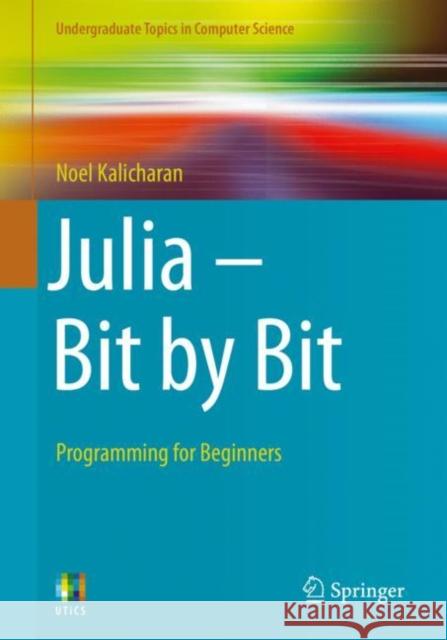Julia - Bit by Bit: Programming for Beginners » książka
topmenu
Julia - Bit by Bit: Programming for Beginners
ISBN-13: 9783030739355 / Angielski / Miękka / 2021 / 289 str.
Kategorie:
Kategorie BISAC:
Wydawca:
Springer Nature Switzerland AG
Seria wydawnicza:
Język:
Angielski
ISBN-13:
9783030739355
Rok wydania:
2021
Wydanie:
2021
Numer serii:
000343004
Ilość stron:
289
Waga:
0.48 kg
Wymiary:
24.41 x 16.99 x 1.63
Oprawa:
Miękka
Wolumenów:
01
Dodatkowe informacje:
Wydanie ilustrowane











